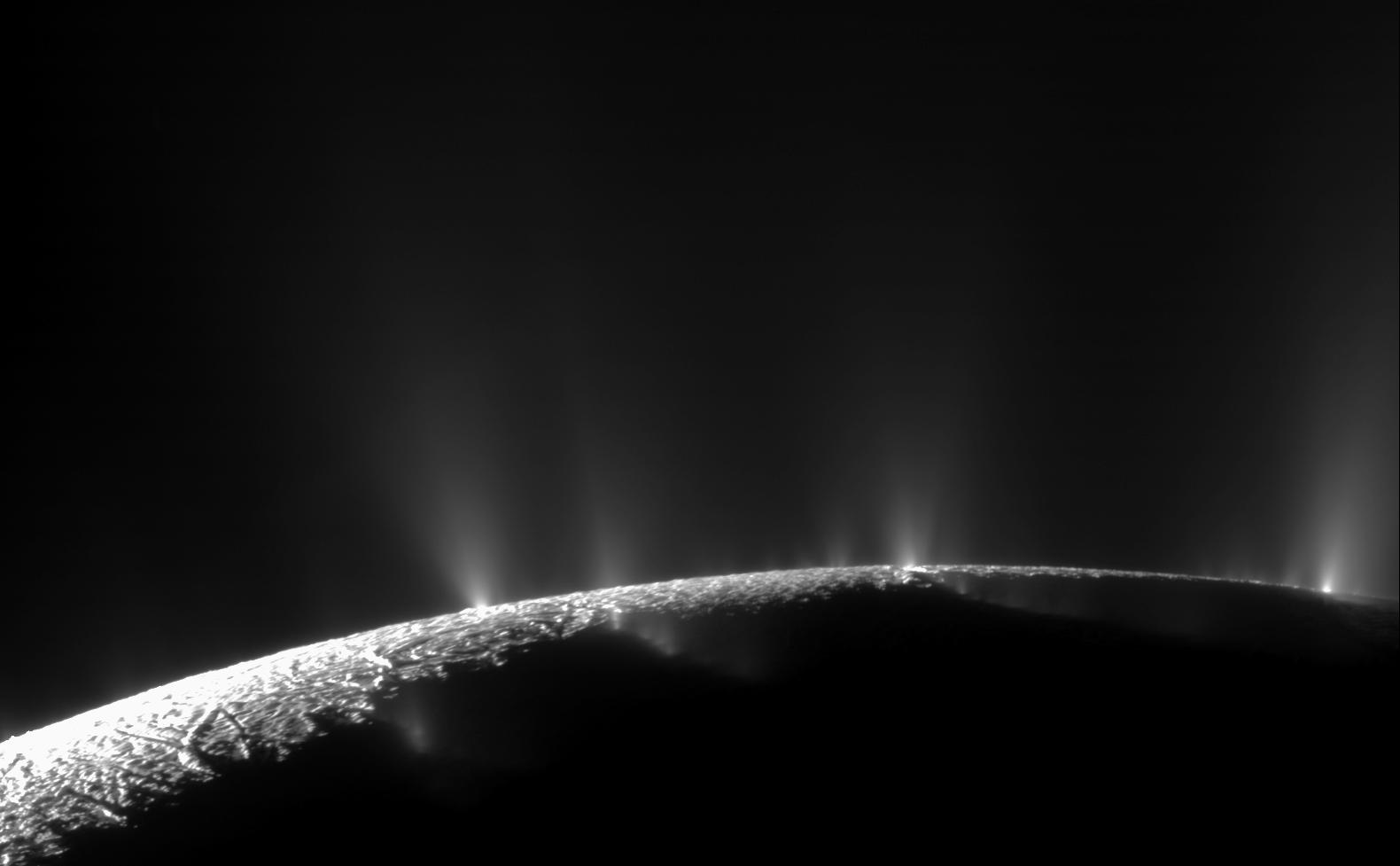2 min read

During the July 24, 2012, close Titan flyby, called T-85, the Cassini spacecraft looked for a glint of sun light reflecting off a methane lake.
The lake, named Kivu Lacus, is one of Titan’s northern small lakes, and the visible and infrared mapping spectrometer (VIMS) instrument team hopes to image the specular reflection. VIMS was prime at closest approach and was set to acquire close-up imaging of Kivu Lacus and Punga Mare, the third largest body of liquid on Titan. Next, the instrument acquiree a close-up image of the Huygens landing site, which scientists will be able to use to look for geological changes.
This was one of VIMS’ so-called “10-pointer” flybys, i.e. one of the two scientifically most significant Titan flybys for VIMS during the Solstice mission.
In addition, T-83 through T-88 (seehttp://saturn.jpl.nasa.gov/mission/flybys/) is a set of six fly-bys where closest approach occurs at Saturnian local noon -- that is, when Titan is directly between the sun and Saturn -- and within a six month time span approaching the predicted maximum of solar activity. Saturn's magnetosphere will respond to increased solar wind pressure that is expected to be pushing the Saturnian magnetic field closer to the planet, which means that it is more likely that Titan will be in area where Saturn's magnetic field is weaker, making it easier to observe the magnetic fields (if any) from Titan.
Date
July 24, 2012
Altitude
629 miles (1,012 km)
Speed
13,000 mph (5.8 km/sec)







